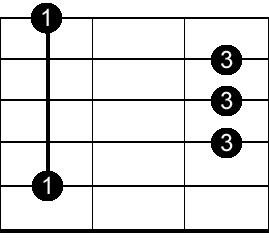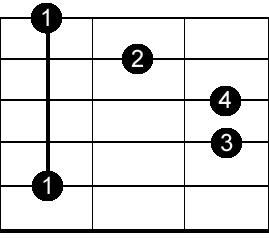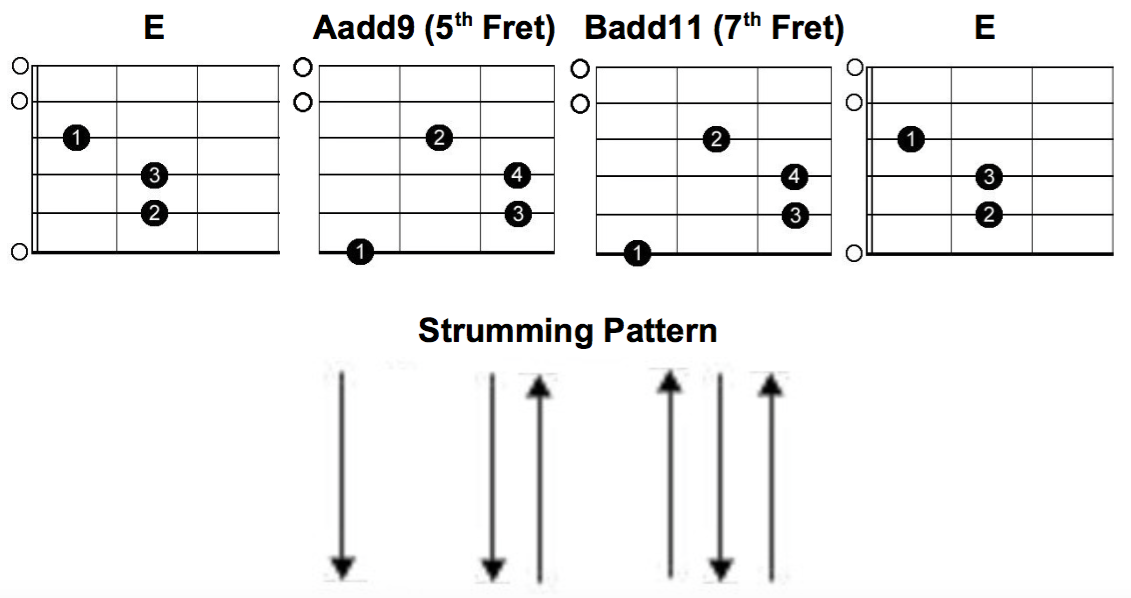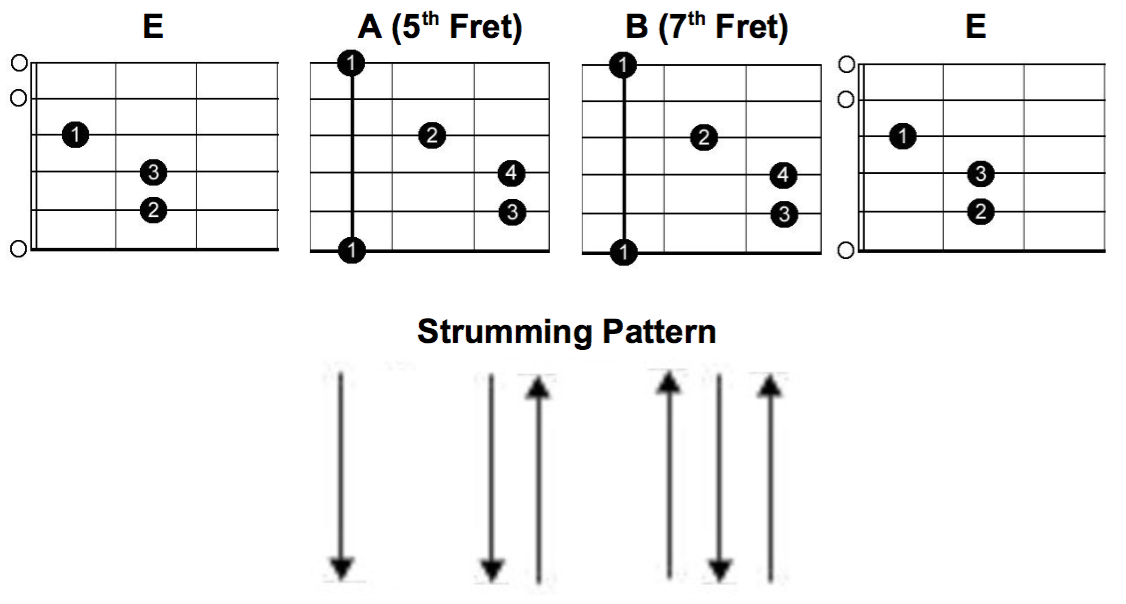An Introduction To Electric Guitar:
Where To Start With Barre Chords
The transition from strumming chords on an acoustic guitar to rocking out on an electric is actually a very simple one, yet it is made to seem more daunting then it is form the overwhelming amount of musical information found online regarding what new electric guitar players should be practicing.
I hear things like this all the time from new students; “there is so much information out there, and most of it contradicts itself, all I want to know is what am I supposed to practice to improve at the style of playing I like?”
If your a new, or improving electric guitar player and you can relate to the above statement then these series of FREE blog lessons are for you!
In this FREE blog lesson we will be taking a look at where new electric guitar players should be starting with barre chords.
The ability to play barre chords fluently and comfortably are an essential skill for the electric guitar player, but they can be a real struggle at first.
The key to playing barre chords is to become comfortable fretting the strings with the length of your 1st finger (up until now that part of your finger may have never played the guitar before) and learning to “breath” with your fretting hand (this is when you release the pressure from your fingers at the end of a bar or at certain times throughout a strumming pattern to stop tension build up within your arm and hand).
Before we start with barre chords lets explore the main types of barre chords that are used within guitar playing.
Root 6 Barre Chords
Root 6 barre chords are based or “rooted” from a note on the 6th string (low E string).
Major
A root 6 major barre chord shape looks like this.
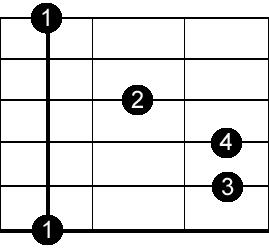
This shape can be moved all over the neck in order to play different types of root 6 major barre chords.
Minor
A root 6 minor barre chord shape looks like this.
This shape can be moved all over the neck in order to play different types of root 6 minor barre chords.
Root 5 Barre Chords
Root 5 barre chords are based or “rooted” from a note on the 5th string (A string).
Major
A root 5 major barre chord shape looks like this.
This shape can be moved all over the neck in order to play different types of root 5 major barre chords.
Minor
A root 5 major barre chord shape looks like this.
This shape can be moved all over the neck in order to play different types of root 5 minor barre chords.
In this lesson we will be looking at root 6 major and minor barre chords.
Getting Comfortable with Barre Chords
One of the best ways to get comfortable with root 6 major barre chords is to first become comfortable with the chord shape that uses just the 1st, 2nd, 3rd and 4th fingers.
The best way to do this is with the following chord progression in the key of E that uses an Aadd9 and a Badd11.
Play the Aadd9 with your 1st finger on the low E string at the 5th fret, your 3rd finger on the A string at the 7th fret, your 4th finger on the D string at the 7th fret and your 2nd finger on the G string at the 6th fret.
Play the Badd11 with your 1st finger on the low E string at the 7th fret, your 3rd finger on the A string at the 9th fret, your 4th finger on the D string at the 9th fret and your 2nd finger on the G string at the 8th fret.
Start this progression by strumming the open E chord with one lot of the above strumming pattern.
Next play the Add9 with one lot of the above strumming pattern.
Then play the Badd11 with one lot of the above strumming pattern.
Then finish by playing the Open E chord again with one lot of the above strumming pattern.
When you have become comfortable with the Aadd9 and the Badd11 chords, you will then be ready to try them as barre chords.
We are now going to look at the same progression using a root 6 A major barre chord and a root 6 B major barre chord.
Play the Aadd9 and Badd11 like before but now barre your first finger across all strings from the low E down so that the B and high e string are fretted at the 5th fret for the A and the 7th fret for the B.
Start this progression by strumming the open E chord with one lot of the above strumming pattern.
Next play the A barre chord with one lot of the above strumming pattern.
Then play the B barre chord with one lot of the above strumming pattern.
Then finish by playing the Open E chord again with one lot of the above strumming pattern.
Holding The Neck For Barre Chords
When playing barre chords make sure that your hand and finger are straight in relation to the frets and that your curve your knuckle and distal joint on your 2nd, 3rd and 4th fingers and keep your thumb in the back of the neck inline with the 2nd finger.
When you bar with your 1st finger, bar close to the fret, that way it will be easier to fret the strings.
Next we will be taking a look at where to start with power chords.
If you are interested in guitar lessons then fill out the form for your FREE evaluation lesson by clicking the FREE lesson button below.

